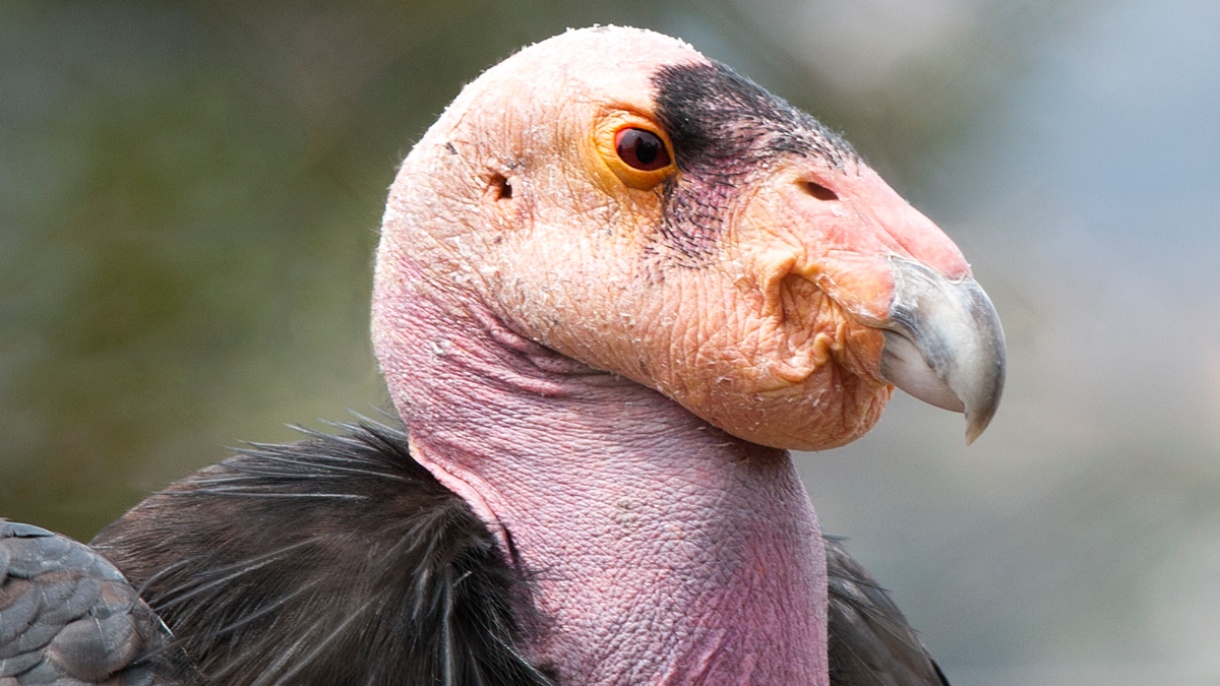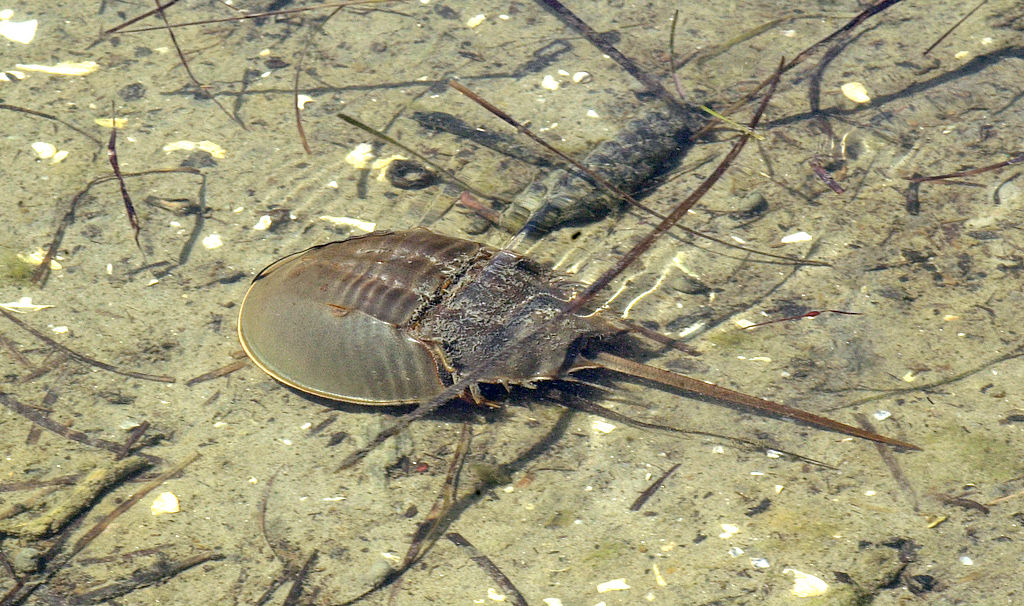There are now seven more endangered birds back in the wild. NBC 7’S Catherine Garcia has the story.
A batch of endangered and long-legged birds have found a permanent home at the Kendall-Frost Mission Bay Marsh Reserve thanks to an effort to restore their population and the tidal wetlands in which they live.
The birds are called Ridgway's Rails and an audience of them (that's what you call a group of these rusty-colored birds with brown speckles and long orange bills) was released Tuesday into the wetlands in Mission Bay, which will be their home for the rest of their lives, according to the San Diego Audubon Society.
It was a significant milestone not just for the birds -- who have been raised in captivity at the Living Coast Discovery Center until they could thrive on their own -- but also for the group of environmentalists who have been working to preserve tidal wetlands, which have been reduced by about 90% in California affecting thousands of wildlife populations.
"Kendall Frost Marsh and the city's northern wildland preserve... are the last 40 acres of tidal wetland habitat remaining in Mission Bay," Andrew Meyer, San Diego Audubon Society. "In particular, if you are an endangered ridgeway rail, you like and love and need this habitat."
Get top local stories in San Diego delivered to you every morning. Sign up for NBC San Diego's News Headlines newsletter.
More Animal stories
75 years ago, Kendall-Frost Marsh was 4,000 acres of saltmarsh wetland filled with lush and tall vegetation like cordgrass and pickleweed -- the perfect foraging, breeding and nesting ground for populations of species, including the Ridgeway's Rail.
Today, only 1% of that marsh remains, according to the Audubon Society.
Coastal habitat loss is the main reason for the Ridgway's Rail becoming endangered. Through their breeding program, the U.S. Department of Fish and Wildlife hopes to have 800 pairs of breeding Ridgeway Rails in tidal marshlands across the state.
"It's really great that we have the opportunity to have rails introduced to keep up our population but, of course, we want to see the wetland to be much, much, much bigger including Campland and even into Rose Creek," a spokesperson for ReWild Mission Bay said.
The ReWild Mission Bay project, led by the San Diego Audubon Society in partnership with UC San Diego, Living Coast Discovery Center and the U.S. Fish and Wildlife Department, is working to rebuild the wetland and pushing city leaders to join the effort.
"Kendall-Frost Marsh is an example of a small, remnant tidal wetland with many impacts from the surrounding human land uses which include predators such as house cats and racoons, light and noise pollution, and disconnection from the fresh water and sediment from Rose Creek," the USDFW said.
By restoring the marshland, according to USDFW, people could benefit from cleaner water, protection from sea level rise and more diverse recreational activities.




